ANZAC DAY
ANZAC DAY 25TH APRIL
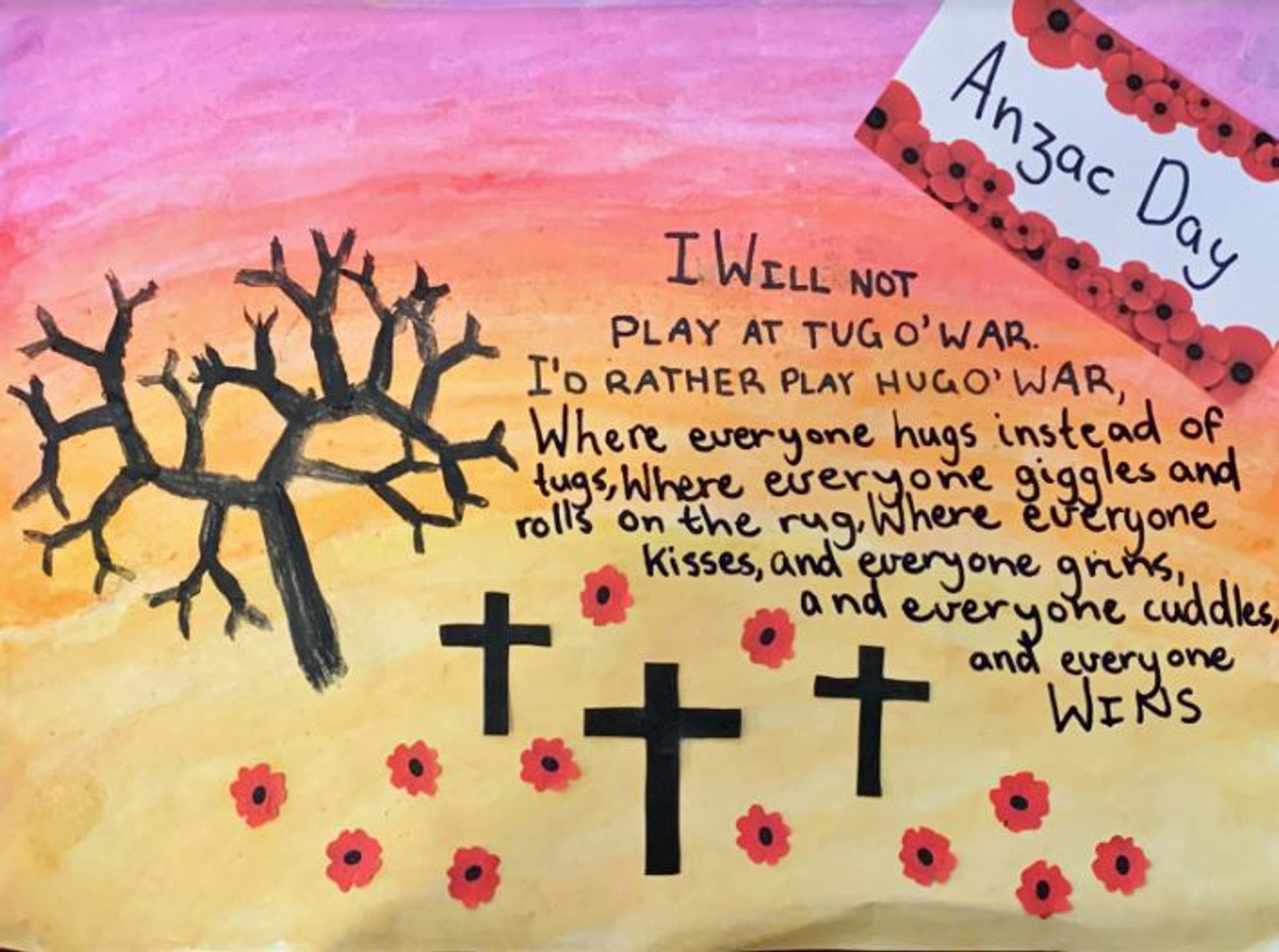
ANZAC DAY
ANZAC DAY 25TH APRIL
You can access the follow information online with picture etc at http://www.rslvic.com.au/commemoration/anzac-day/
Here is some of our students work from "remote school"
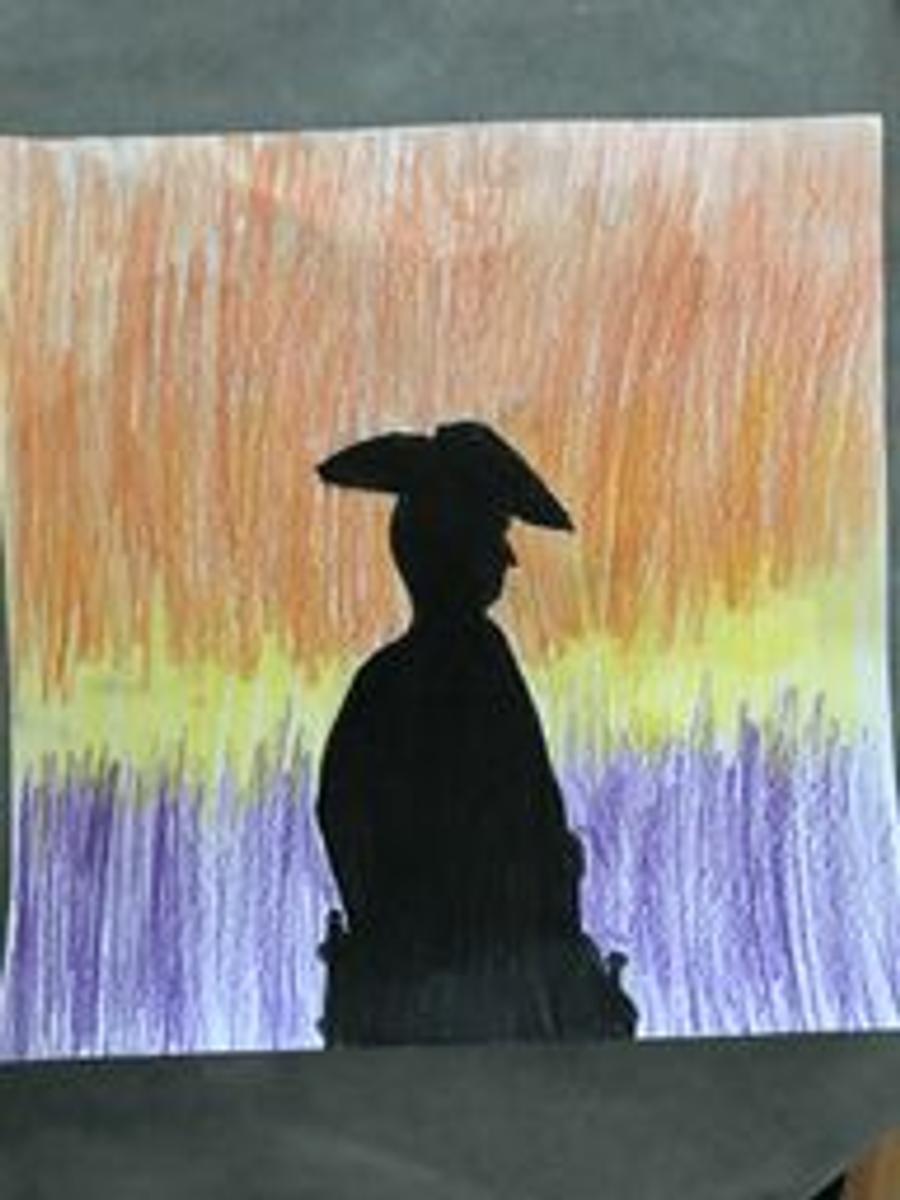
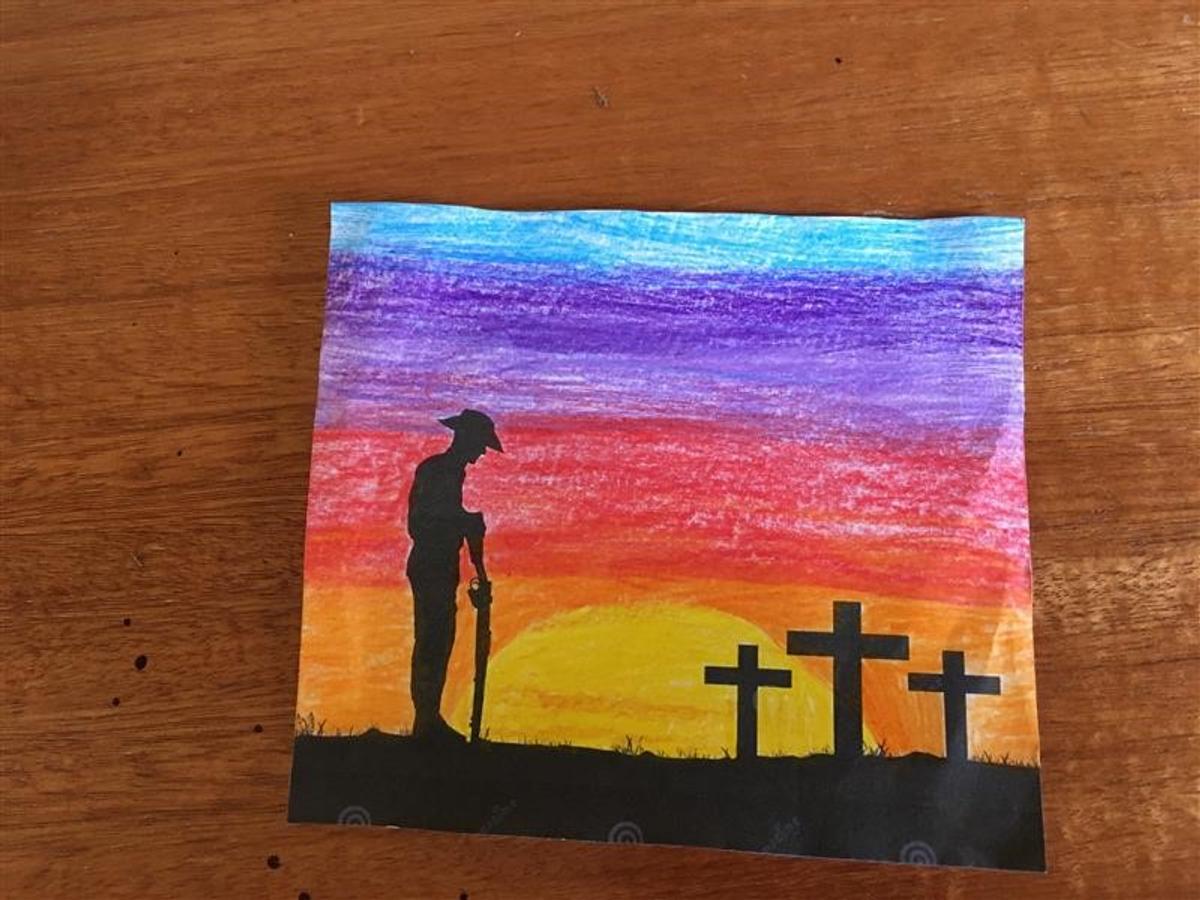
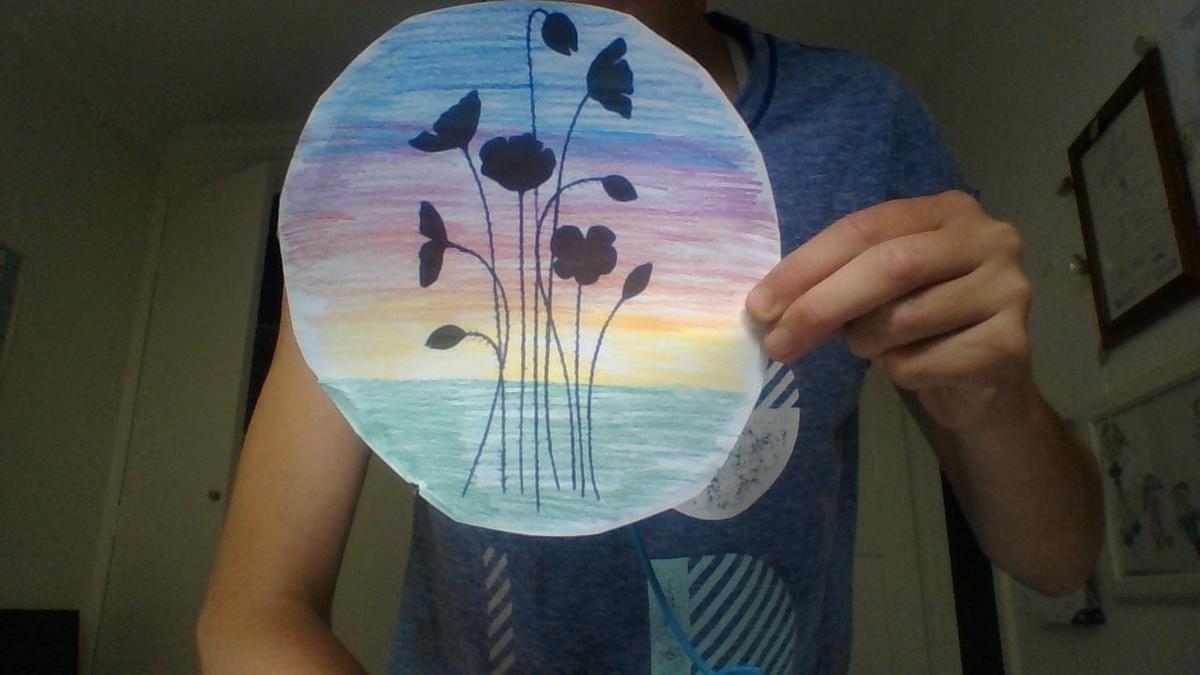
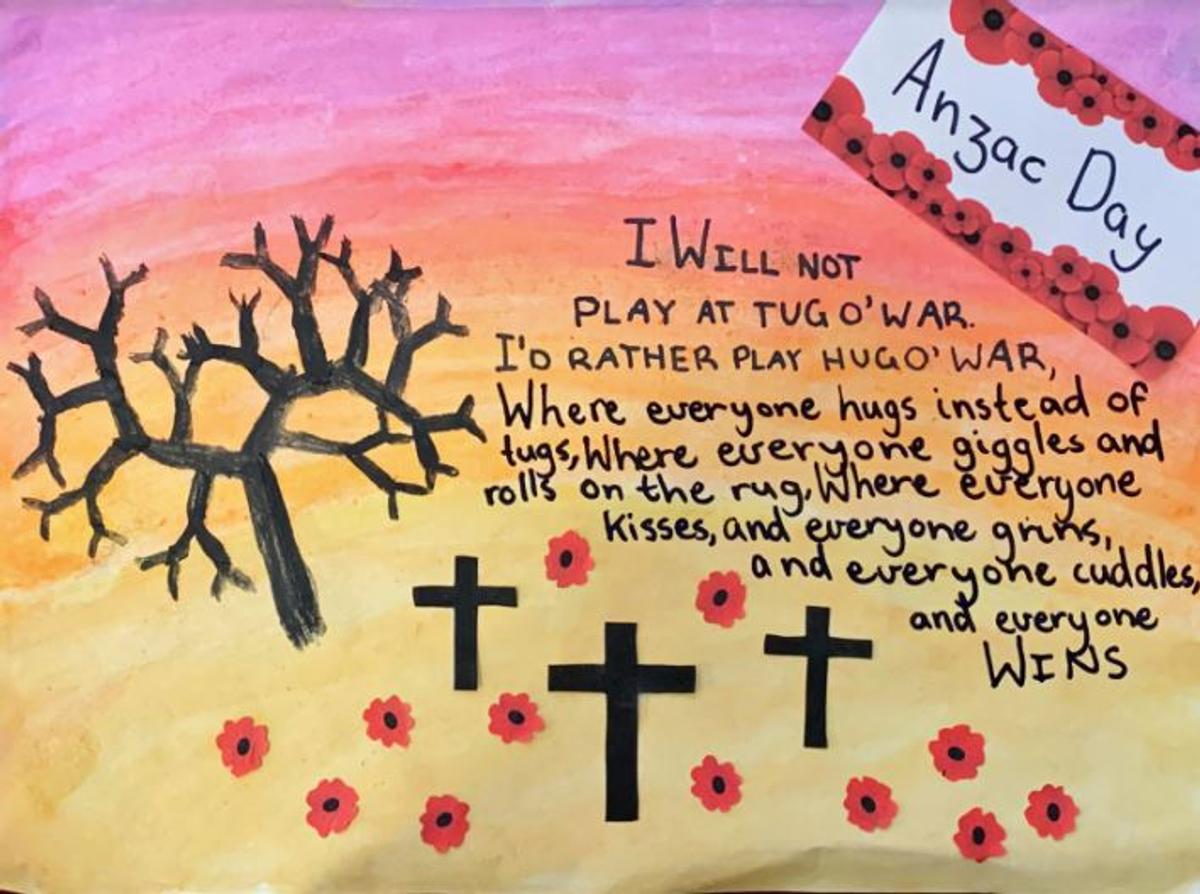
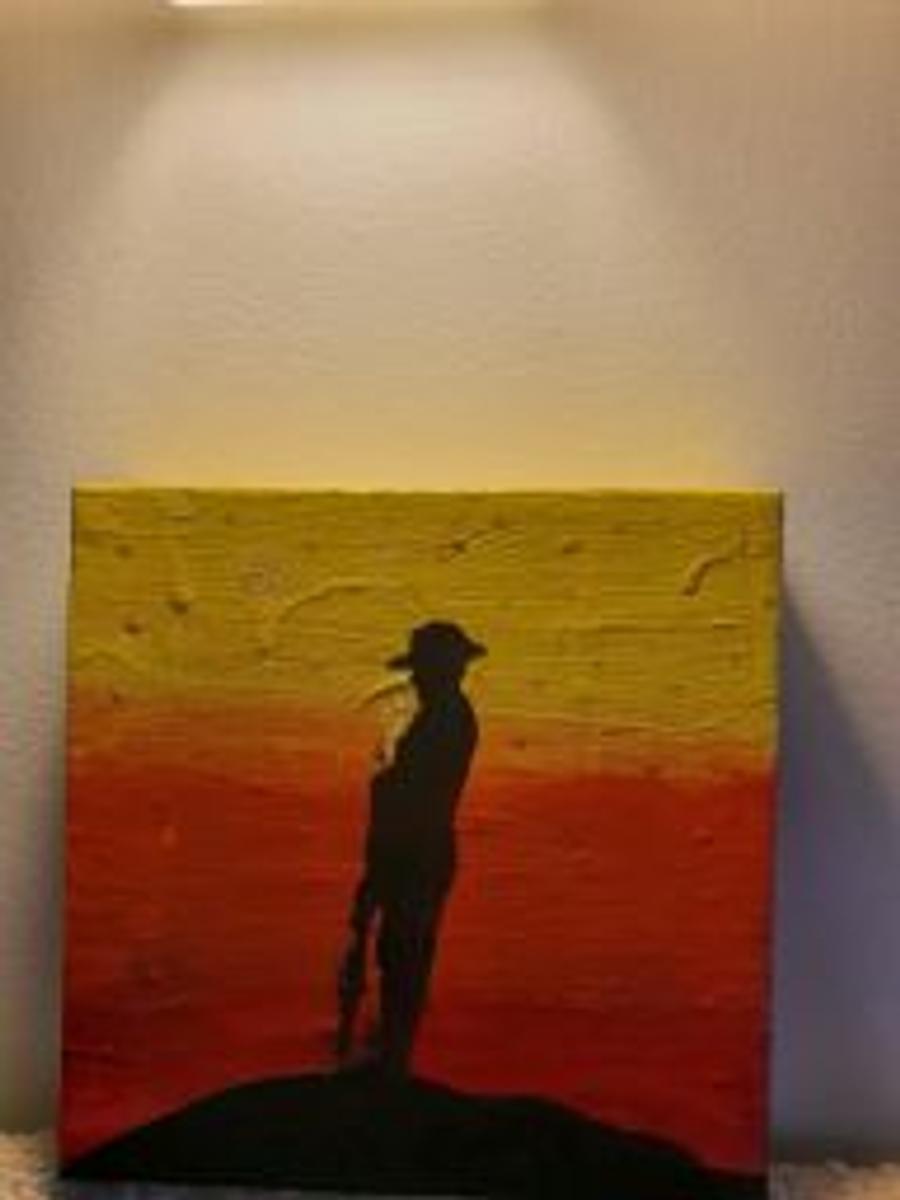





2B ANCAC Day poppies collage 2020


The ANZAC tradition, the ideals of courage, endurance and mateship that are still relevant today was established on 25 April 1915 when the Australian and New Zealand Army Corps landed on the Gallipoli Peninsula. It was the start of a campaign that lasted eight months and resulted in some 25,000 Australian casualties, including 8,700 who were killed or died of wounds or disease.
The men who served on the Gallipoli Peninsula created a legend, adding the word ‘ANZAC’ to the Australian and New Zealand vocabularies and creating the notion of “ANZAC spirit”. In 1916, the first anniversary of the landing was observed in Australia, New Zealand and England and by troops in Egypt. In that year, 25 April was officially named ‘ANZAC Day’ by the Acting Prime Minister, George Pearce.
By the 1920s, ANZAC Day ceremonies were held throughout Australia. All States had designated ANZAC Day as a public holiday (October 1925 in Victoria). Commemoration of ANZAC Day continued throughout the 1930s and 1940s with World War II veterans joining marches across the country.
In the ensuing decades veterans from the conflicts in Malaya, Indonesia, Korea and Vietnam joined the march along with those who had served with our allies and in peace keeping missions. During the 1960s and 1970s the number of people attending ANZAC Day marches decreased. However, in the 1990s there was a resurgence of interest in ANZAC Day, with attendances at marches and services, particularly by young people, increased across Australia. Many young Australians have made the pilgrimage to the Gallipoli Peninsula to attend the Dawn Service.
This resurgence has continued in the 21st century with the focus on our contemporary veterans from campaigns in Iraq, Afghanistan and our immediate regions.
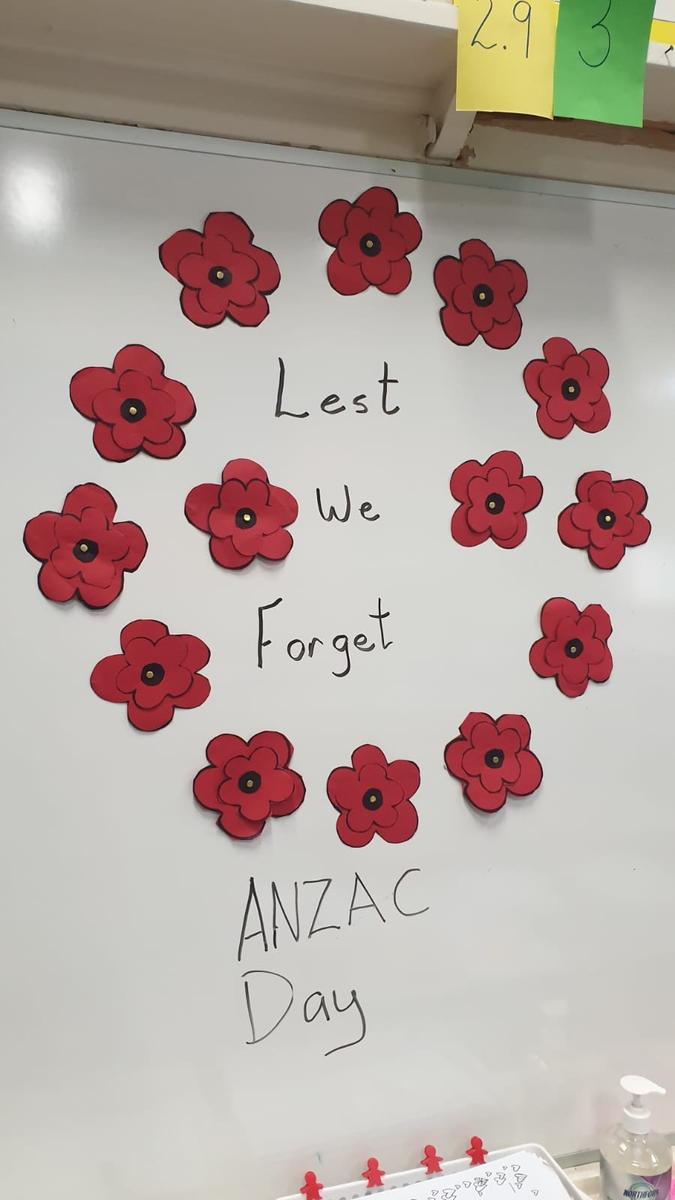

Saturday 25th April will mark ANZAC Day 2020, a significant day as we pause and reflect on the service and sacrifice of all those who have served and are currently serving.
ANZAC Day 2020 will not look like the ANZAC Day that so many of us are used to participating in. There will be a Dawn Service, wreaths will be laid, the last post will be played, a minute of silence in memory of the fallen will be observed, but the service community and the public will be asked to stay at home.
This does not mean that ANZAC Day is cancelled. It just means that ANZAC Day will be different.
In 2020, on April 25, while you can't go to the Shrine of Remembrance or a local Dawn Service, the RSL is asking that instead you #STANDTO.
As the Last Post is played during the ANZAC Day Dawn Service walk outside, stand in your yard, driveway, or on your balcony and observe a minute of silence in respect of our veterans. Make sure that you snap a quick picture and share it right here on our Facebook page using the hashtag #STANDTO.
Together, let's amplify our commitment to the ANZAC spirit. Lest We Forget.
For more information please visit the official RSL Victoria Facebook Page: https://www.facebook.com/rslvic/
AUDIO FILE FOR DAWN SERVICE COMMEMORATION
(The following text is from The Australian War Memorial website www.awm.gov.au)
The Dawn Service observed on ANZAC Day has its origins in an operational routine, which is still observed by the Australian Army today. The half-light of dawn plays tricks with soldiers' eyes and from the earliest times the half-hour or so before dawn, with all its grey, misty shadows, became one of the most favoured times for an attack. Soldiers in defensive positions were therefore woken up in the dark, before dawn, so that by the time the first dull grey light crept across the battlefield they were awake, alert and manning their weapons. This was, and still is, known as "Stand-to". It was also repeated at sunset.
After the First World War, returned soldiers sought the comradeship they felt in those quiet, peaceful moments before dawn. With symbolic links to the dawn landing at Gallipoli, a dawn stand-to or dawn ceremony became a common form of ANZAC Day remembrance during the 1920s; the first official dawn service was held at the Sydney Cenotaph in 1927. Dawn services were originally very simple and followed the operational ritual; in many cases they were restricted to veterans only.
The daytime ceremony was for families and other well-wishers, the dawn service was for old soldiers to remember and reflect among the comrades with whom they shared a special bond. Before dawn the gathered veterans would be ordered to "stand to" and two minutes of silence would follow. At the end of this time a lone bugler would play the "Last Post" and then concluded the service with "Reveille". In more recent times the general public has been encouraged to take part in dawn services, and services in Australian capital cities have seen some of the largest turnouts ever.
Reflecting this change, the ceremonies have become more elaborate, incorporating hymns, readings, pipers and rifle volleys. Others, though, have retained the simple format of the dawn stand-to, familiar to so many soldiers.
For some years there has been an Australian Rules Football match between old rivals Collingwood (Magpies) and Essendon (Bombers) held at the Melbourne Cricket Ground to a capacity crowd. The match has an ANZAC Day theme with appropriate remembrance services prior to the game. The RSL provides awards to the winning team and best on ground.
The Returned & Services League Victorian Branch is grateful for the support provided by the Government of Victoria, City of Melbourne, Australian Defence Force, Royal Automobile Club of Victoria, Scouting Victoria and many more volunteers who unselfishly give their time to make ANZAC Day ceremonies the success they are.
An ANZAC Requiem
On this day above all days we recall those who served in war and who did not return to
On this day above all days we recall those who served in war and who did not return to receive the grateful thanks of the nation.
We remember those who still sleep where they were left - amid the holly scrub in the valleys and on the ridges of Gallipoli - on the rocky and terraced hills of Palestine - and in the lovely cemeteries of France.
We remember those who lie asleep in ground beneath the shimmering haze of the Libyan desert - at Bardia, Derna, Tobruk - and amid the mountain passes and olive groves of Greece and Crete, and the rugged, snow-capped hills of Lebanon and Syria.
We remember those who lie buried in the jungles of Malaya and Burma - in New Guinea - and in the distant isles of the Pacific.
We remember those who lie in unknown resting places in almost every land, and those gallant sailors whose grave is the unending sea.
Especially do we remember those who died as prisoners of war remote from their homeland and from the comforting presence of their kith and kin.
We think of the service and sacrifice of the women who gave their lives in our own and foreign lands and at sea in two world wars.
We recall, too, the staunch friends who fought beside us on the first ANZAC Day - men of New Zealand who helped create the name of ANZAC, and all the New Zealanders who have served alongside us since.
We recall all those who gave their lives in the Merchant Services and in British Commonwealth and Allied Forces, we think of every man and woman who in those crucial hours died so that the lights of freedom and humanity might continue to shine.
We think of those gallant men and women who died in Korea, Malaya, Borneo, Vietnam, East Timor, Iraq and Afghanistan, and in peacekeeping and peace enforcing commitments to defend our freedon and preserve peace and security.
May they all rest proudly in the knowledge of their achievement and may we and our successors in that heritage prove worthy of their sacrifice.